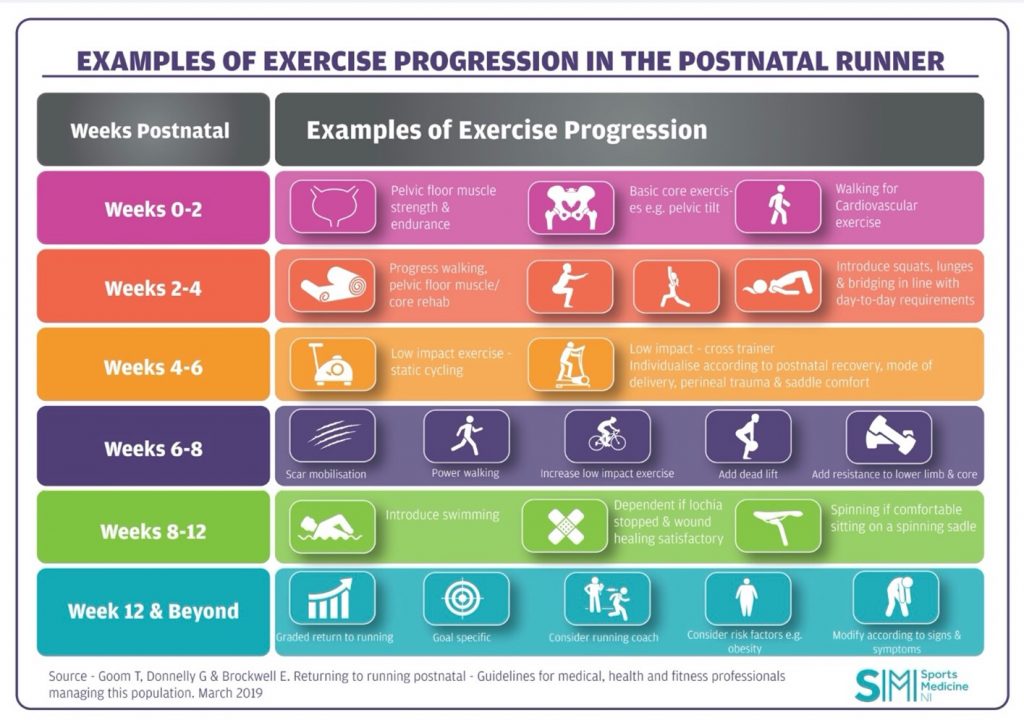

Consensus Statement from British Fencing Medical Committee
Last Updated 21/03/2024
With very little specific research about fencing in pregnancy, the best advice is still to follow the general NHS guidelines on the topic.
Below is an excerpt from the NHS guidelines on sport in pregnancy:
Do not exhaust yourself. You may need to slow down as your pregnancy progresses or if your maternity team advises you to. If in doubt, consult your maternity team.
As a general rule, you should be able to hold a conversation as you exercise when pregnant. If you become breathless as you talk, then you’re probably exercising too strenuously.
If you were not active before you got pregnant, do not suddenly take up strenuous exercise. If you start an aerobic exercise programme (such as running, swimming, cycling or aerobics classes), tell the instructor that you’re pregnant.
Do not take part in contact sports where there’s a risk of being hit, such as kickboxing, judo or squash.
You may also want to read the UK Sport guidelines or the UK government guidelines on this topic.
However, if you want to continue some form of fencing for as long as possible, we suggest that you break your fencing activity into sparring and non-sparring activity:
Non-sparring: footwork sessions, warm up and agility games, coach to pupil lessons
While these activities are likely to be possible for most of pregnancy, it should be noted that they do still represent increased risk of injury and complications if done when pregnant.
Due to the repeated landings on the floor involved in fencing footwork, if done in later stages of pregnancy, i.e. from 6 months, there is a risk of placing added pressure onto the already stretched and weakened pelvic floor muscles and causing unwanted urinary symptoms. This can, however, be minimised by pelvic floor ‘Kegel” exercises which are recommended.
Also, there is significantly increased joint laxity in pregnancy, especially from the 6th month, lasting into the period after giving birth, so there is likely a higher risk of injuries, pelvic girdle pain and low back pain given the twisted fencing position.
In addition, it is harder to control temperature when pregnant and fencers are already at risk of overheating given the clothing worn, so particular care should be taken not to overheat.
Sparring: fencing bouts both in and out of competition, and peer-to-peer lessons involving being hit
There is currently no reliable evidence available specific to the risks of fencing whilst pregnant, so no more specific advice than below can be given. The safest option is to stop sparring and competing once you find out you are pregnant.
One of the greatest risks to the developing foetus is placental abruption; where the placenta is at least partly separated from the uterine wall. This has been known to occur in road traffic accidents involving pregnant women, but it is also thought risky to do any sport that involves either hitting of the abdomen or sudden deceleration. Uterine contraction leading to miscarriage can also be brought on by blunt trauma to the abdomen or pelvis. This can occur at any stage of pregnancy though the risk before 12 weeks would be relatively low.
After Having Your Baby
It is not advised to return to fencing in the six weeks after giving birth, and it could be longer after a Caesarean section. After your 6 week check with the GP, it is advised that fencing is restarted gradually, as the body will not yet have returned to its pre-pregnancy state; for example ligaments will remain more lax for up to 6 months after childbirth. In particular, if any symptoms of pelvic floor dysfunction (vaginal dragging sensation, leaking of urine) are identified prior to or after attempting to exercise, it is advisable to seek advice from a physiotherapist or other medical practitioner experienced in this area before continuing.
In addition to this, due to the common condition of separated abdominal muscles “diastasis recti”, we advise that “crunch” type abdominal exercises should be avoided until these muscles have fully recovered, which varies greatly but can be up to a year after giving birth.
There is limited understanding of exactly what effect breastfeeding has on joint laxity, but we do know that breastfeeding affects the hormonal environment and may affect how flexible joints are and therefore how prone to injury. It is also recommended to breastfeed or express before exercising to avoid breast discomfort.
While we do not have fencing specific advice on return to training, below is a useful infographic published in the British Journal of Sports Medicine in 2019 about an example of a typical return to exercise program for runners, though it will vary according to individual needs.

References and Resources
UK Sport website, NHS website, UK government website
BMJ: Exercise and pregnancy in recreational and elite athletes: 2016 evidence summary from the IOC expert group meeting, Lausanne. Part 1—exercise in women planning pregnancy and those who are pregnant Kari Bø et al.
https://www.physio-pedia.com/Physiological_Changes_in_Pregnancy
shn-maternite-guide-pdf-1700.pdf (French Ministry of Health Advice)
Diastis-Recti following pregnacy (NHS)
https://absolute.physio/wp-content/uploads/2019/09/returning-to-running-postnatal-guidelines.pdf

Sign up to receive regular highlights from the exciting world of fencing - celebrating the best of our unique and inspiring community